Shorter stays, better outcomes
Sound Physicians
JUNE 9, 2025
So, too, should outpatient providers that serve as a patient’s first point of entry into the health system. Family practitioners hold critical knowledge about that patient’s health history to help guide a more successful stay in the hospital.

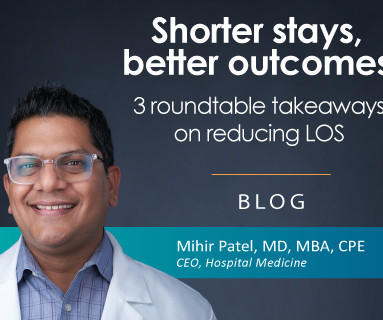
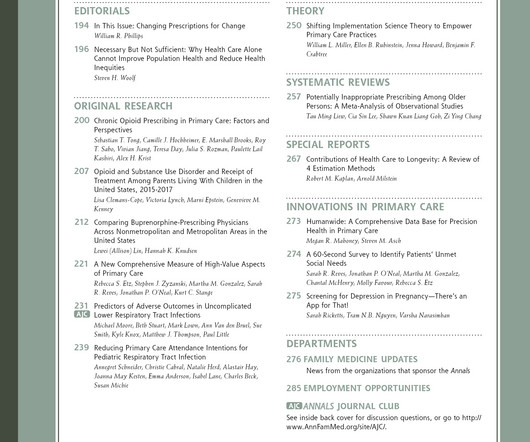
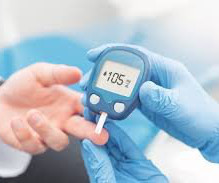
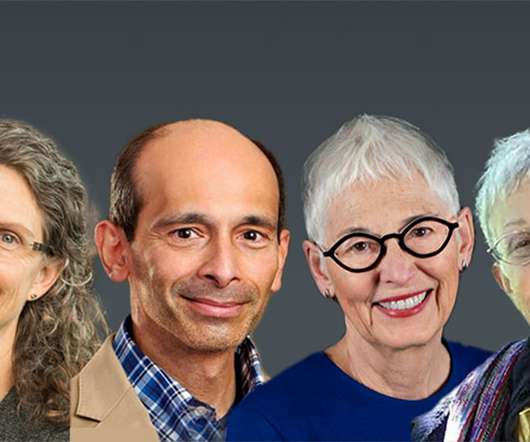
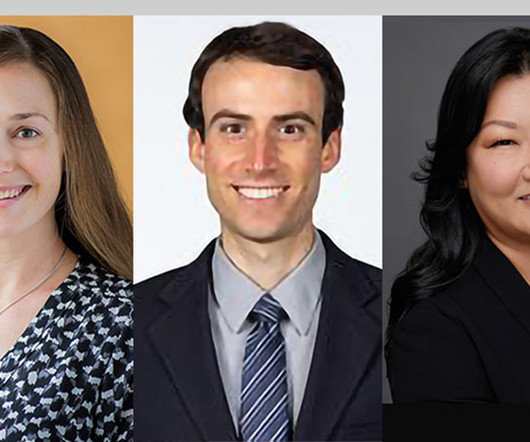







Let's personalize your content